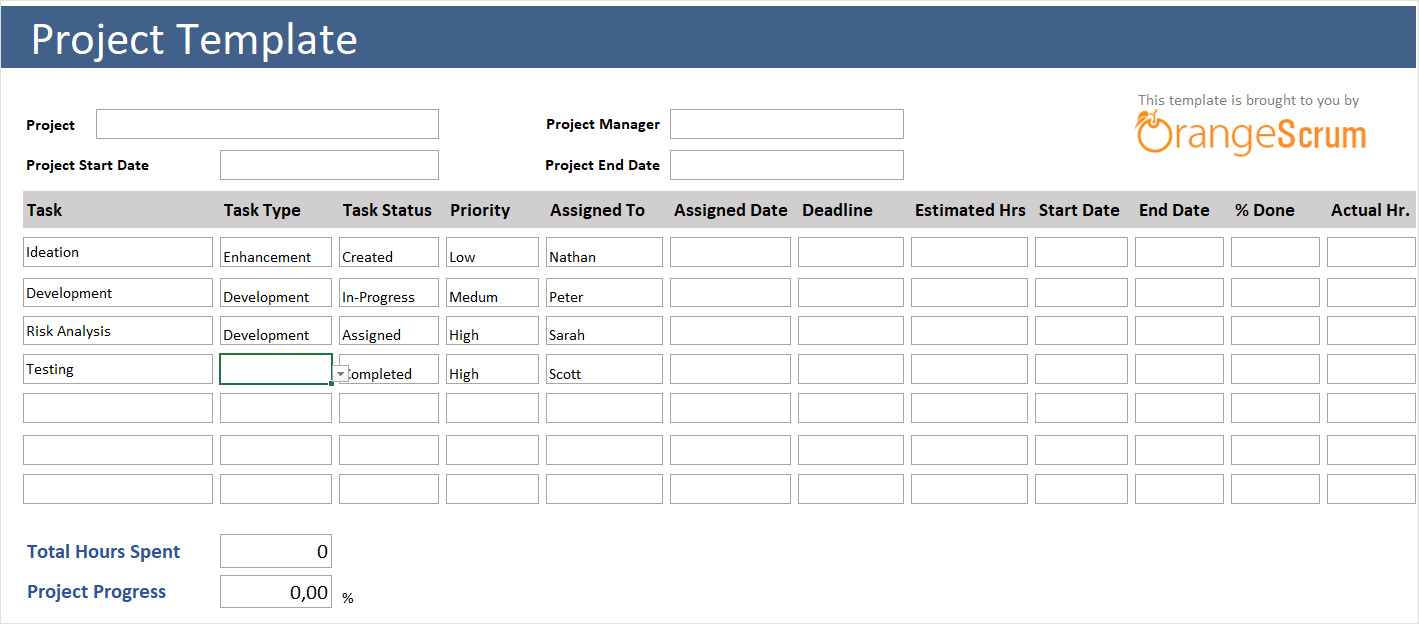Managing projects effectively requires careful planning, organization, and tracking of tasks and resources. One essential tool that aids in this process is a timesheet for project management. A timesheet is a document that records the amount of time spent on each task or activity within a project. It serves as a valuable resource for project managers to monitor progress, allocate resources, and analyze the efficiency of their team.
In this article, we will explore the benefits of using a timesheet for project management and provide a step-by-step guide on how to create and utilize one effectively.
What is a Timesheet for Project Management?
A timesheet for project management is a document that allows project managers to track the time spent by team members on various tasks or activities within a project. It provides a detailed record of the hours worked by each individual, helping project managers monitor progress, allocate resources, and analyze the efficiency of their team. Timesheets can be created in various formats, including spreadsheets or specialized project management software.
Benefits of Using a Timesheet for Project Management:
- Accurate Time Tracking: A timesheet allows for precise tracking of the time spent on each task, ensuring accurate reporting and resource allocation.
- Efficient Resource Management: By tracking the time spent on each task, project managers can allocate resources more effectively, ensuring optimal productivity and preventing bottlenecks.
- Performance Analysis: Timesheets provide valuable insights into the efficiency and productivity of team members, allowing project managers to identify areas for improvement and optimize performance.
- Improved Cost Control: By tracking the time spent on each task, project managers can analyze the cost of resources and make informed decisions to minimize expenses.
- Client Billing: Timesheets serve as a basis for client billing, providing an accurate record of the work completed and the time spent on each task.
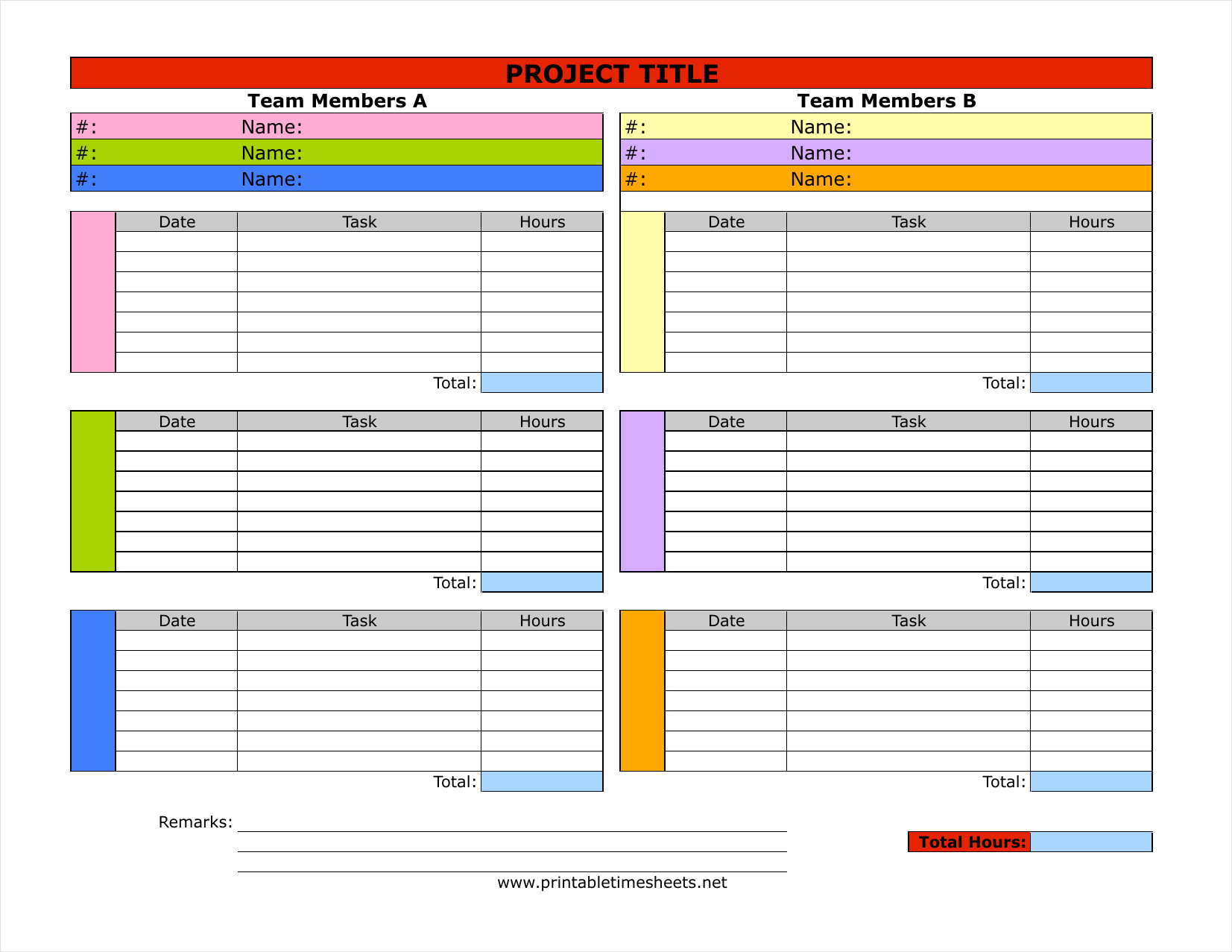
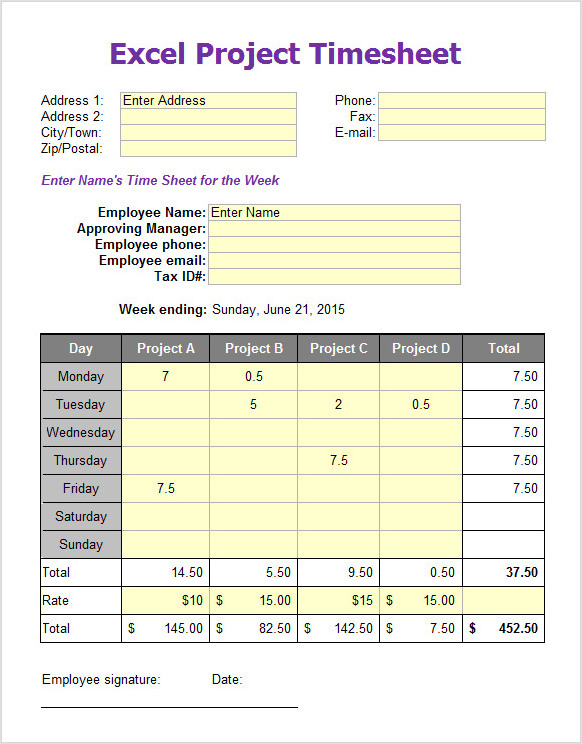
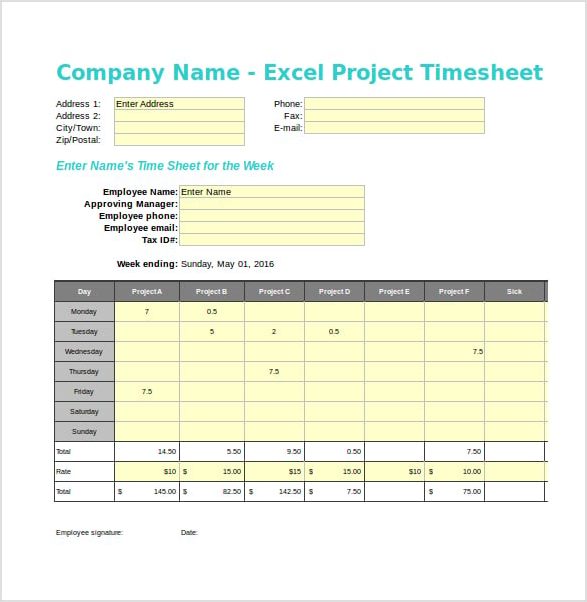
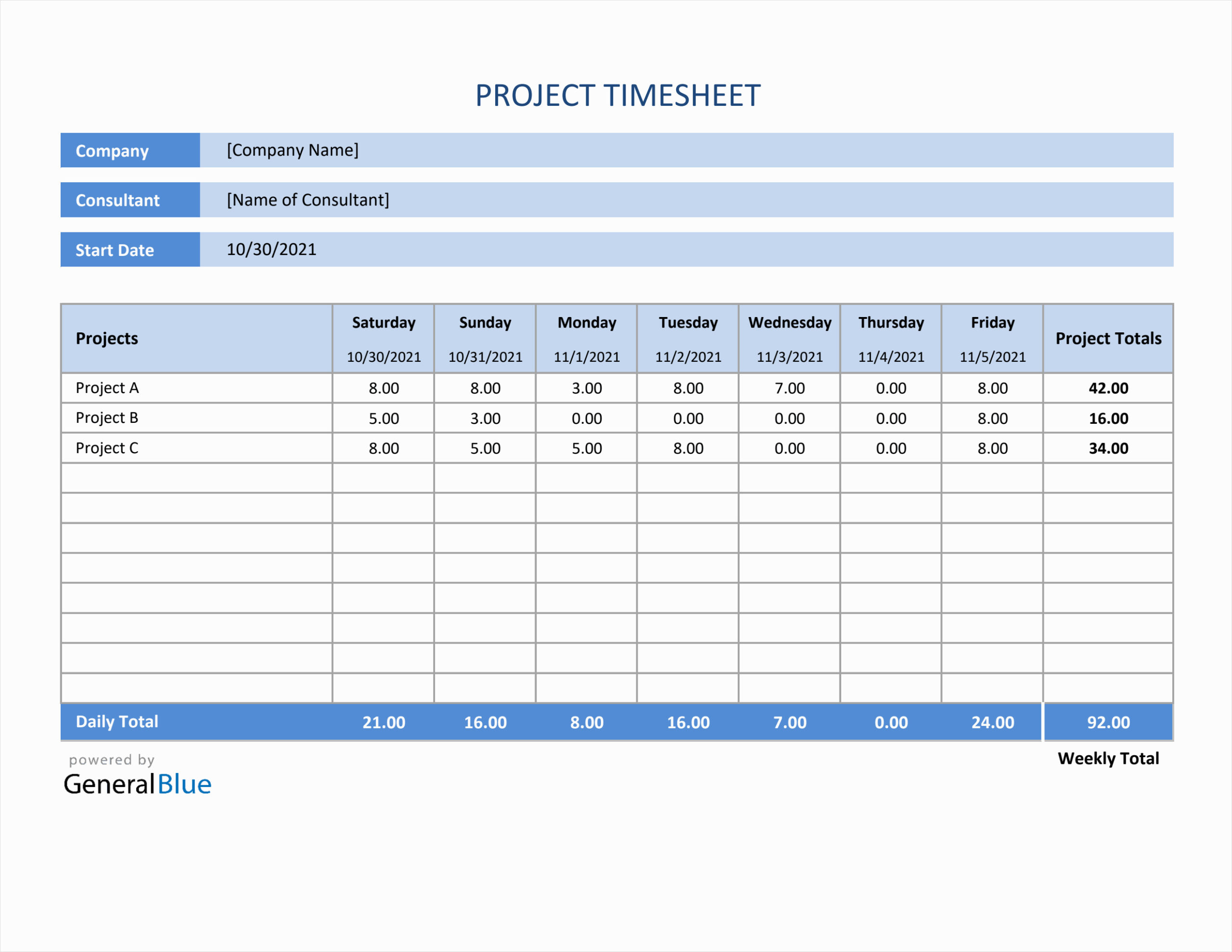
How to Create and Utilize a Timesheet for Project Management
Creating and utilizing a timesheet for project management involves several key steps. Let’s explore each step in detail:
1. Determine the Format and Tools
The first step in creating a timesheet is to determine the format and tools you will use. Timesheets can be created in various formats, such as spreadsheets or specialized project management software. Choose the format that best suits your project’s needs and the preferences of your team.
2. Identify the Tasks and Activities
Identify all the tasks and activities that need to be tracked in the timesheet. Break down the project into smaller tasks and allocate them to team members accordingly. This will help you track the progress of each task and ensure that all activities are accounted for.
3. Define the Time Tracking Method
Decide on the time tracking method you will use in your timesheet. This can be done manually, where team members record their hours worked on each task, or through automated systems that track time spent on specific activities. Choose the method that works best for your project and team.
4. Set Up the Timesheet
Create the timesheet document or set up the timesheet template in your chosen format or software. Include columns for the task or activity name, start and end times, total hours worked, and any additional relevant information you need to track.
5. Share the Timesheet with Team Members
Share the timesheet with your team members and provide them with clear instructions on how to fill it out accurately. Ensure that everyone understands the importance of accurate time tracking and the impact it has on project management and resource allocation.
6. Monitor and Review Timesheets Regularly
Monitor and review the timesheets regularly to track the progress of each task and analyze the efficiency of your team. Look for patterns or trends that may indicate areas for improvement or potential issues that need to be addressed. Use this information to optimize your project management approach.
7. Use Timesheet Data for Analysis and Reporting
Utilize the data from the timesheets to analyze the performance of your team and generate reports. Look for insights into the efficiency of individual team members, identify areas for improvement, and make data-driven decisions to optimize resource allocation and project management.
8. Make Adjustments as Needed
Based on the insights and analysis from the timesheets, make adjustments to your project management approach as needed. This could involve reallocating resources, adjusting timelines, or providing additional support to team members. Continuously evaluate and refine your processes to ensure optimal project performance.
Conclusion
A timesheet for project management is a valuable tool that allows project managers to track the time spent on tasks and activities within a project. By utilizing a timesheet, project managers can monitor progress, allocate resources effectively, and analyze the efficiency of their team. By following the step-by-step guide provided in this article, you can create and utilize a timesheet for project management successfully. Remember to choose the format and tools that work best for your project, track time accurately, and utilize the timesheet data for analysis and reporting. With the right approach, a timesheet can significantly enhance your project management capabilities and lead to successful project outcomes.
Timesheet Template For Project Management – Download
